What's the Best Motorcycle Trailer Hitch for You?
Posted by A.J Long on Nov 25th 2015
If you’ve ever ridden or heard of Tail of the Dragon at Deals Gap, then you might know that it has over 300 turns and curves. You also probably know that descending a twisting and winding road like that on a motorcycle can be immense fun. As a matter of fact, it’s one of the reasons we ride. Now, consider taking those turns while towing a trailer that is attached with a conventional hitch ball or coupler. That might not be so fun because when towing with a conventional hitch or coupler, you run the risk of coupler binding.
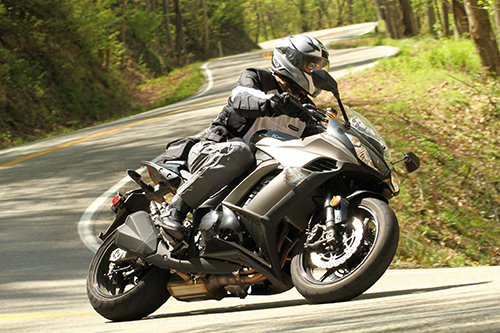
(Featured rider and photo courtesy of Todd Higginbotham)
Traditionally, trailers are towed by joining a coupler and ball hitch. The coupler is attached to the trailer, and the ball hitch is attached to the tow vehicle. The coupler slides over the ball hitch. When attached correctly, the coupler will swivel mainly right and left as well as tilt slightly. This limited tilting movement is acceptable when towing a trailer behind a three-wheeled or four-wheeled vehicle because, with only a few rare exceptions, the trailer and the three or four-wheeled vehicle will remain in the same lateral plane.
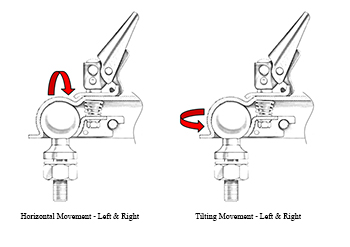
However, when towing a trailer with a two-wheeled motorcycle, tilting left and right movement is critical to safe turning for the two-wheeled motorcycle. Unfortunately, traditional automotive ball and coupler combinations will bind since they are not designed to tilt left and right. When a coupler binds, the trailer will flip or jack-knife, and the consequences of either can be deadly.
Fortunately, there are safer alternatives: the swivel adapter and the pivot ball hitch. Although they are neither hitch nor coupler, swivel adapters are generally referred to as swivel hitches or swivel couplers. For the sake of this discussion, we will refer to them as swivel hitches.
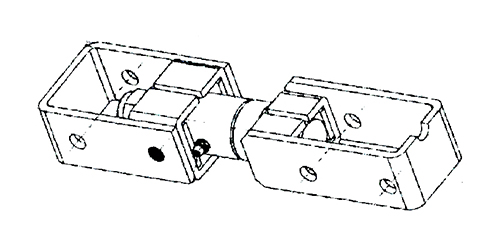
The swivel hitch operates by attaching one end to the trailer’s tongue and the other end to a coupler or directly to the tow vehicle’s hitch. It is designed to rotate 360° which will allow the necessary lean for safe turning. In fact, with a properly installed swivel hitch, the operator should be able to lay the motorcycle on its side while the trailer remains upright.
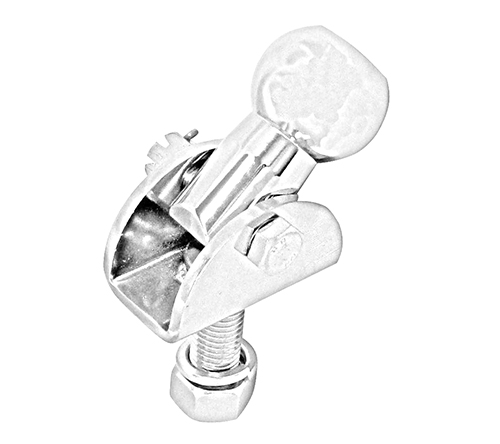
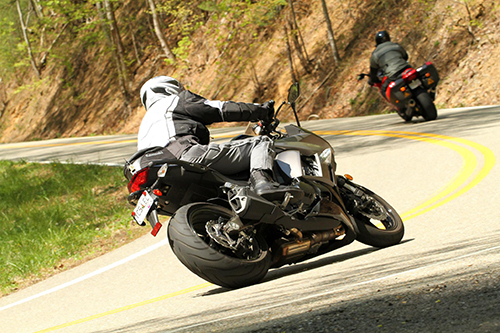
(Featured rider and photo courtesy of Todd Higginbotham)
